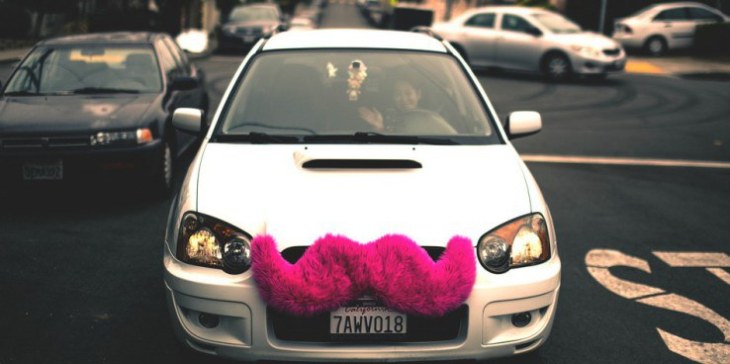For years, the founders of Lyft had imagined a world in which carpooling would become mainstream, a world in which people wouldn’t necessarily ride alone to work if they didn’t have to. Today they move another step closer to that world with the release of a new feature allowing its drivers to get matched up with passengers heading in the same direction they are going.
With the launch of Driver Destination, Lyft will for the first time give its drivers some freedom in being able to accept rides based on where a particular passenger is going. It also could open up its service to a more casual group of drivers.
Previously, Lyft only showed drivers a passenger’s destination after they accepted a ride. Now, however, drivers will be able to see only passengers that can be picked up while on the way to their own destination.
The new feature was built using some of the same technology the company uses for Lyft Line, which the company launched to match up passengers who are traveling along similar routes. The Driver Destination feature will match drivers with passengers who entered their destination because they requested a Lyft Line.
Linking this to Lyft Line could limit the number of rides those drivers see in the near-term. However, the company is aggressively trying to find ways to get more people using Lyft Line and, in general, to pack more passengers into its drivers’ cars.
Last month, it began a test in which it would send an SMS message to users who had requested a standalone Lyft but had entered their destination and could be matched up with nearby Lyft Line passengers headed in the same direction. (I know because I received one of those SMS messages.)
As it converts more Lyft rides to Lyft Line rides, we could see broader adoption for ride-sharing (or, if you’re old school, carpooling) on its platform. And that could mean more money for drivers who are basically just adding more passengers who are traveling along the same route.
Opening Lyft Up To A New Class Of Driver
But it’s not just about money. The new Driver Destination feature is designed to create more efficiency in driver routes, by making sure they don’t have to go out of their way when picking up or dropping off a passenger.
Lyft also hopes it will appeal to more casual drivers — i.e. those who merely want to supplement the cost of their commute to and from work but don’t necessarily want to be on the platform picking up rides all day.
To date, much of the driver recruitment for both Lyft and Uber has been around signing up contractors who will drive more or less full-time. That’s been necessary in part due to the huge demand those services have seen over the last few years. It’s also led to drivers working for both services, or switching between them based on various recruitment promotions over time.
By giving drivers the power to only pick up rides on their commute, however, Lyft is targeting a much larger subset of casual drivers who don’t plan to drive for Lyft all the time. The pitch is that they’ll be able to occasionally make some money for rides they were already taking, just as long as they’re willing to make a minor detour along the way.
As a result, Lyft is hoping to recruit drivers even if they’re not looking to log 30-plus hours a week. They’ll still go through the same application and onboarding process, which includes background checks and driver record checks, as well as a car inspection.
By doing so, the company hopes to get more drivers on board during the peak commute hours — when they really need the supply — without those drivers committing to long hours.
As a result, Lyft could end up look more like the peer-to-peer ride-sharing platform that the founders first envisioned, as opposed to just a taxi replacement you hail with an app.
